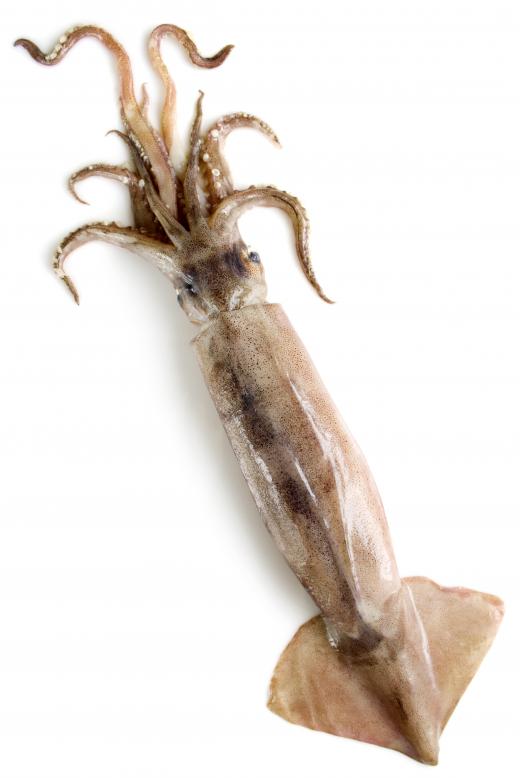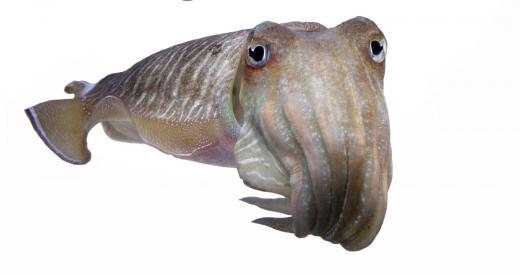What are Ammonites?
 Michael Anissimov
Michael Anissimov
Ammonites were an important group of marine mollusks that were numerous in the Earth's oceans for 360 million years, from about 425 million years ago, during the Silurian period, to 65.5 million years ago, when they went extinct along with the dinosaurs and many other clades.
Ammonites were cephalopods, most closely related to living octopus, squid, and cuttlefish, though all their closest relatives are extinct. They lived in a distinctive spiral shell, which they could fill with gas and use to float at a desired level in the water. A few ammonites had non-spiral shells, including complex twirling patterns. Ammonites were given their name by Pliny the Elder, who called them "horns of Ammon" after the Egyptian god that was frequently depicted with the horns of a ram.

At the time they evolved, ammonites would have been one of the most intelligent species on the planet, along with other sophisticated mollusks. They had large eyes used to locate prey and tentacles to grab it with. Some ammonites were good swimmers, with hydrodynamic shells, others probably just floated around and were bottom feeders. Reconstructing the ammonite life mode is difficult because they have no living close relatives, but much has been learned by creating models of their shells and experimenting with them in water tanks.

Ammonite fossils are very common because their free-floating life mode meant they often lived among very oxygen-poor sea floor, so when they died and sank, there were few organisms to degrade the remains. Cement would accumulate around the shell in a structure known as a concretion, which preserved it further and prevented deterioration. Today, these concretions can be found on land as round nodules. Breaking them open with a pick may reveal a fossil inside.
Some ammonite fossils were preserved so well that an inner iridescent coating, which covered the inner layer of the animal's shell during life, is preserved. When polished, some of these fossils become gem-quality, a mineral which has been dubbed ammolite. Ammolite is commercially mined in small quantities in Canada and used for jewelry. It is one of a few biogenic precious gems, along with amber and pearl.
AS FEATURED ON:
AS FEATURED ON:












Discuss this Article
Post your comments